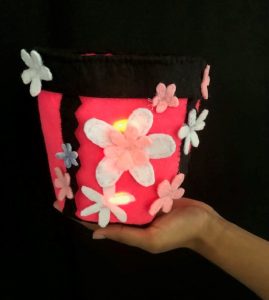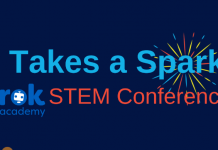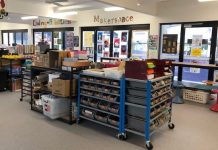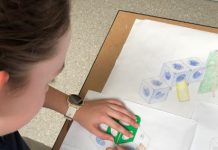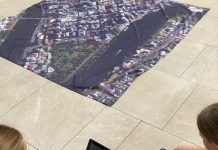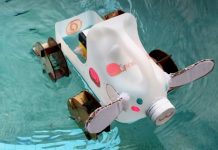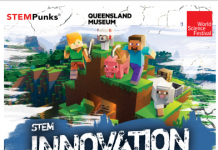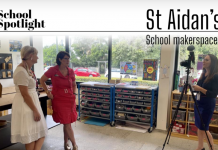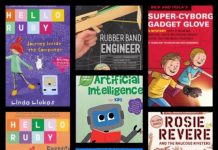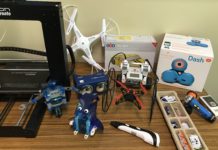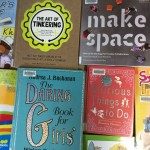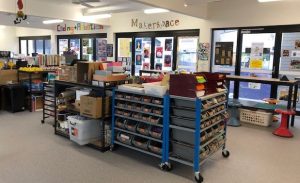 Makerspaces provide students with hands-on, project-based learning experiences. These spaces are equipped with various tools and technologies that enable students to design, create, and experiment with a range of projects. This blog post explores the importance of makerspaces in schools and the benefits they provide to students.
Makerspaces provide students with hands-on, project-based learning experiences. These spaces are equipped with various tools and technologies that enable students to design, create, and experiment with a range of projects. This blog post explores the importance of makerspaces in schools and the benefits they provide to students.
Makerspaces present students with a space to explore and experiment with ideas. This encourages creativity and innovation, as students are given the freedom to pursue projects that interest them. By providing a space for students to take risks, experiment with materials, and think outside the box, makerspaces foster a culture of creativity and innovation.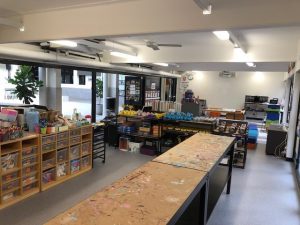
Makerspaces gift an opportunity for collaboration and community-building. Students can work together on projects, share resources and expertise, and learn from each other. Makerspaces can also be used to bring together students from different backgrounds and encourage cross-disciplinary learning.
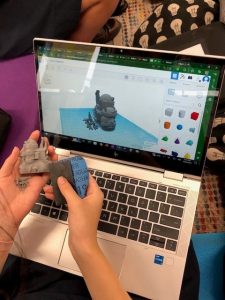 Makerspaces provide students with hands-on learning opportunities that help them develop critical thinking and problem-solving skills. By working on projects in the makerspace, students can develop technical skills, such as coding, robotics, and 3D printing, as well as soft skills, such as communication, collaboration, and project management.
Makerspaces provide students with hands-on learning opportunities that help them develop critical thinking and problem-solving skills. By working on projects in the makerspace, students can develop technical skills, such as coding, robotics, and 3D printing, as well as soft skills, such as communication, collaboration, and project management.
Makerspaces align with real-world skills and prepare students for the workforce. The skills that students learn in makerspaces, such as coding, electronics, and design, are in high demand in many industries. By providing students with hands-on experience with these skills, makerspaces can help prepare them for future careers.
Makerspaces are ideal for supporting STE(A)M (science, technology, engineering, (arts), and math) education. They provide a platform for students to apply STEAM concepts and principles in a practical, hands-on way, making learning more engaging and meaningful.
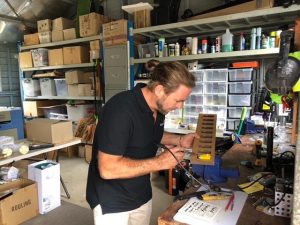 If Makerspaces in schools are losing their appeal, there are several steps which can be taken to re-ignite interest and enthusiasm: Engage students in the planning/updating process, incorporate new technologies, foster community engagement, provide professional development, showcase student work.
If Makerspaces in schools are losing their appeal, there are several steps which can be taken to re-ignite interest and enthusiasm: Engage students in the planning/updating process, incorporate new technologies, foster community engagement, provide professional development, showcase student work.
Incorporating new and emerging technologies including; VR, AR and MR, AI robotics and drones, 3D printing and scanning, AI and ML technologies, wearable technologies. Choose technologies that align with the interests and goals of students and educators and that provide opportunities for hands-on learning and exploration.
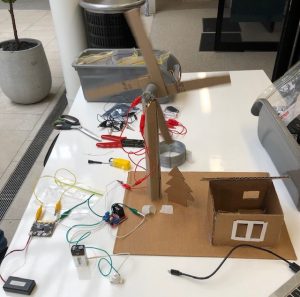 Makerspaces provide opportunities for teachers from different subject areas to collaborate on projects. For example, math teachers could work with art teachers to design a project that incorporates geometry with robots and units of measurement with 3D printing or science teachers could use the makerspace to teach students about renewable energy by designing and building solar-powered devices or measuring light energy with Micro:Bits.
Makerspaces provide opportunities for teachers from different subject areas to collaborate on projects. For example, math teachers could work with art teachers to design a project that incorporates geometry with robots and units of measurement with 3D printing or science teachers could use the makerspace to teach students about renewable energy by designing and building solar-powered devices or measuring light energy with Micro:Bits.
Makerspaces are an important addition to schools, as they provide students with hands-on learning opportunities, foster creativity and innovation, encourage collaboration and community-building, and prepare students for the workforce. By incorporating makerspaces into schools, educators can provide students with a unique learning experience that can help prepare them for the challenges of the 21st century.